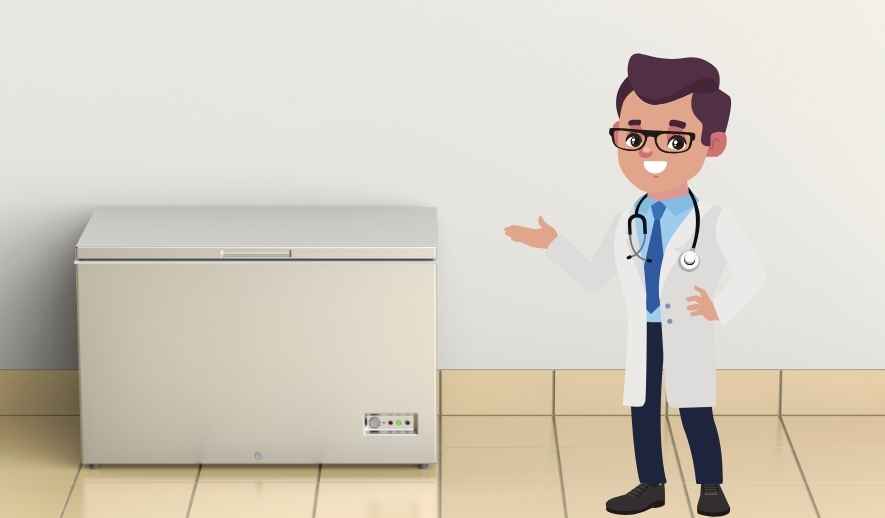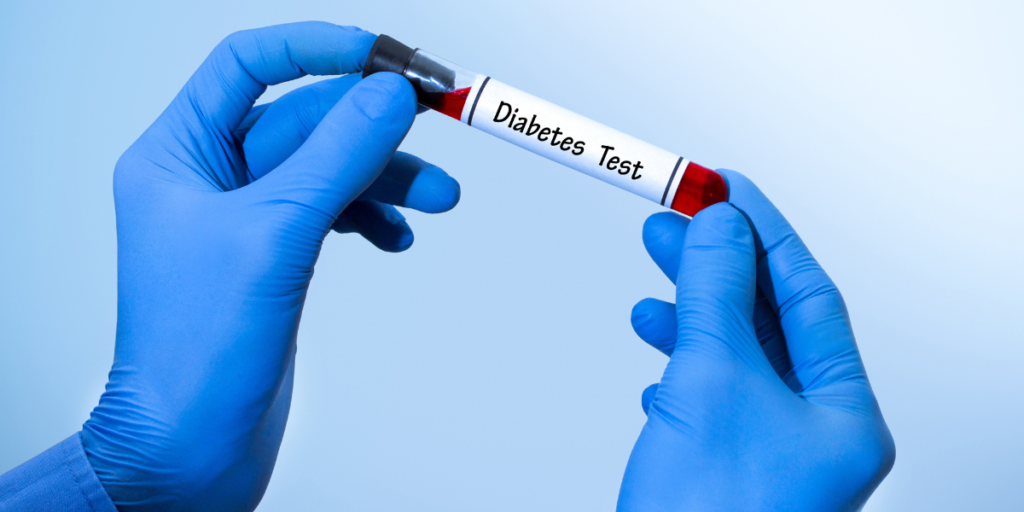Laboratory deep freezers are essential for the preservation of biological samples, including blood bank storage, pharmaceuticals, and genetic materials. These freezers operate at ultra-low temperatures, often reaching -80°C, to maintain the integrity of sensitive materials. However, they are also among the most energy-intensive equipment in laboratories. As environmental concerns grow and energy costs rise, there is an increasing need to develop strategies and innovations to reduce energy consumption in laboratory deep freezers without compromising their performance. This article explores various methods, green technologies, and alternative cooling methods to achieve this goal.
Understanding the Energy Demands of Laboratory Deep Freezers
Laboratory deep freezers require significant energy to maintain ultra-low temperatures consistently. Factors contributing to high energy consumption include:
- Compressor Load: Continuous operation of compressors to achieve and maintain low temperatures.
- Insulation: The need for robust insulation to prevent thermal leaks.
- Defrost Cycles: Regular defrosting to prevent ice build-up, which can impede freezer efficiency.
- Door Openings: Frequent door openings that introduce warm air, forcing the system to work harder.
Strategies to Reduce Energy Consumption
1. Enhanced Insulation
Improving the insulation of laboratory deep freezers is one of the most effective ways to reduce energy consumption. Innovations in insulation materials, such as vacuum-insulated panels (VIPs), provide superior thermal resistance compared to traditional polyurethane foam. VIPs can significantly reduce heat transfer, thereby decreasing the workload on compressors.
2. Optimized Defrost Cycles
Automatic defrost systems can be energy-intensive. Optimizing defrost cycles based on actual usage patterns rather than preset intervals can save energy. Sensors can be used to monitor frost build-up and trigger defrost cycles only when necessary. This reduces the frequency of defrost cycles and the energy required to re-cool the freezer afterward.
3. Efficient Door Designs
Frequent door openings introduce warm air into the freezer, increasing energy consumption. Innovations in door design, such as air curtains or double-door systems, can minimize the infiltration of warm air. Additionally, quick-closing mechanisms and alarms can remind users to close doors promptly.
4. Temperature Set Point Adjustments
In some cases, laboratory deep freezers are set to lower temperatures than necessary. Adjusting the set point to the highest possible temperature that still meets storage requirements can lead to substantial energy savings. For example, setting a freezer at -70°C instead of -80°C can reduce energy consumption significantly while still providing adequate preservation for many samples, including those used in blood bank storage.
Green Technologies for Energy Efficiency
1. Variable Speed Compressors
Traditional compressors operate at a fixed speed, regardless of the cooling demand. Variable speed compressors, on the other hand, adjust their speed based on the current cooling needs. This flexibility allows them to operate more efficiently, reducing energy consumption during periods of low demand.
2. Energy-Efficient Refrigerants
The choice of refrigerant can impact both the energy efficiency and environmental footprint of laboratory deep freezers. Transitioning to low global warming potential (GWP) refrigerants, such as hydrocarbons (e.g., propane or isobutane), can enhance energy efficiency while reducing the environmental impact. These refrigerants often have superior thermodynamic properties, enabling more efficient heat transfer.
3. Heat Recovery Systems
Heat recovery systems capture waste heat generated by the compressor and use it for other purposes, such as preheating incoming air or water. This not only improves the overall energy efficiency of the freezer but also reduces the facility’s total energy consumption.
4. Solar-Powered Freezers
Solar power can be harnessed to reduce the reliance on conventional energy sources. Solar panels can be installed to generate electricity specifically for running laboratory deep freezers. While initial setup costs may be high, the long-term savings and environmental benefits are substantial. In areas with ample sunlight, solar-powered freezers can operate efficiently and sustainably.
Alternative Cooling Methods
1. Stirling Engine Technology
Stirling engines offer an alternative to traditional compressor-based cooling systems. These engines operate by cyclically compressing and expanding a working gas, typically helium or hydrogen, to produce cooling. Stirling engines are highly efficient, have fewer moving parts, and require less maintenance. They also operate quietly and can achieve ultra-low temperatures, making them suitable for laboratory deep freezers.
2. Thermoelectric Cooling
Thermoelectric cooling, based on the Peltier effect, is another alternative method. It involves the use of semiconductor materials to create a temperature difference when an electric current is applied. While currently less efficient than compressor-based systems for ultra-low temperatures, ongoing research and development are making thermoelectric coolers more viable for certain applications. Their solid-state nature offers benefits such as reduced noise, vibration, and maintenance requirements.
3. Magnetic Refrigeration
Magnetic refrigeration uses the magnetocaloric effect, where certain materials heat up when exposed to a magnetic field and cool down when the field is removed. This method has the potential to be more energy-efficient and environmentally friendly than conventional refrigeration. Although magnetic refrigeration technology is still in the developmental stage, it holds promise for future use in laboratory deep freezers.
Case Study: Blood Bank Storage
Blood bank storage requires stringent temperature control to preserve the viability of blood and blood components. Implementing the aforementioned strategies and technologies can significantly improve energy efficiency without compromising performance. For example, using variable speed compressors and enhanced insulation can ensure that blood products remain at the required temperature while reducing energy consumption.
In a hypothetical case study, a blood bank could achieve the following improvements:
- Enhanced Insulation: Upgrading to VIPs reduces heat ingress, decreasing compressor workload by 20%.
- Variable Speed Compressors: Implementing variable speed compressors adjusts cooling output to demand, reducing energy use by 15%.
- Optimized Defrost Cycles: Installing sensors to monitor frost build-up and trigger defrost only when necessary can save an additional 10% of energy.
- Solar Power Integration: Using solar panels to power the freezers could offset up to 50% of energy needs, depending on location and solar availability.
These combined measures can lead to a substantial reduction in energy consumption, making blood bank storage more sustainable and cost-effective.
Conclusion
Reducing energy consumption in laboratory deep freezer is not only an economic necessity but also an environmental imperative. By enhancing insulation, optimizing defrost cycles, and implementing efficient door designs, laboratories can achieve significant energy savings. Adopting green technologies, such as variable speed compressors, energy-efficient refrigerants, heat recovery systems, and solar power, further enhances efficiency. Additionally, exploring alternative cooling methods like Stirling engines, thermoelectric cooling, and magnetic refrigeration offers promising avenues for future innovation.
For critical applications like blood bank storage, these strategies and innovations ensure that vital biological materials are preserved under optimal conditions while minimizing energy use. As technology advances and awareness of environmental impact grows, laboratories must continue to embrace and invest in energy-efficient solutions. This commitment not only supports sustainability goals but also enhances the reliability and performance of essential laboratory equipment.
Find For More At Posting Blog



